
Table of Contents
General information about minerals
Essential minerals are crucial for proper cellular function. They are naturally occurring inorganic components that are typically found in compounds. This is because they are highly chemically reactive.
The body requires them in varying amounts – those needed in larger quantities are called major minerals, while those needed in smaller amounts are called trace minerals. They play vital roles in the body, such as maintaining cell charge, regulating body pH, acting as co-factors for enzymes, and supporting energy production.
Essential nutrients cannot be produced by the body, so they require dietary intake. Currently, scientists recognize 20 essential elements for human health, with this list possibly expanding as we gain more knowledge.
Deficiency in certain nutrient components can cause recognized deficiency diseases. Transporters and cell membrane functions play a vital role in maintaining the right balance.
While minerals play a crucial role in our overall health and well-being, the journey of minerals starts in the small intestine when it comes to absorption. In order to be distributed to other tissues in the body, minerals need to cross the intestinal wall.
The process begins with the release of free minerals or cations during digestion. These minerals must then bind to surface intestinal cell membrane proteins or form chelates with amino acids in the intestinal lumen to facilitate absorption.
This intricate process, or shocking fix, ensures that our body can effectively utilize the minerals we consume, contributing to various physiological functions and maintaining optimal health.
Electrolytes
Electrolytes, such as mineral ions, play a vital role in our body’s functioning. These electrically charged particles, also known as cations, are essential for maintaining the health of our cells, tissues, organs, and overall well-being. They are responsible for maintaining a healthy electromagnetic charge and activating the enzymes that drive crucial chemical reactions.
To ensure their optimal functioning, our body requires specific concentrations and precise locations of minerals. This balance is crucial for the proper functioning of our cells. Also, the cell membranes act as gatekeepers, diligently regulating the internal and external concentrations of these important elements.
Mineral Absorption:
Many individuals nowadays rely on multi-vitamin and multi-mineral supplements to support their nutritional needs. However, when it comes to choosing the right supplement, the common approach is to base the decision solely on price.
People often opt for the cheapest brand available, considering it a great bargain. However, this strategy may not yield the desired results. In order to offer lower prices, manufacturers often utilize the cheapest mineral forms, such as mineral salts.
Unfortunately, these mineral salts can have extremely low absorption rates, sometimes as low as 0-9%. For instance, if you consume 600 mg of elemental magnesium in the form of magnesium oxide with an absorption rate of 9%, you are only absorbing a mere 54 mg of actual magnesium.
Mineral supplements like liquid ionic minerals, liquid colloidal minerals, and organic mineral chelates may offer better absorption than inorganic mineral salts. However, they lack the necessary carrier mechanisms for effective tissue distribution and transportation of minerals into cells.
Charged ions, such as those found in mineral salts, colloidal minerals, and ionic mineral supplements, cannot pass through cell membranes on their own due to electric charge repulsion of the cell membrane to the mineral.
Chelates and mineral transporters provide a solution by neutralizing the charge and enabling the minerals to pass through cell membranes.
Mineral Transporters
Mineral transporters are absorbed with the mineral still bound to the carrier and delivered into the bloodstream. They provide an opportunity to deliver minerals to specific tissues, and they also deliver minerals to specific parts of the cell.
Cells employ specific mechanisms to absorb mineral compounds, often utilizing similar pathways used for amino acids or lipids. In the case of AEP mineral transporters (AminoEthanolPhosphates), the mineral goes directly into the outer cell membrane.
On the other hand, the mineral attached to aspartates transports the mineral to the inner lining of the cell membrane, arginates to the cytoplasm inside of the cell, and orotates to the cell organelles.
Mineral transporters can also deliver minerals to specific cellular locations. For instance, certain mineral transporters are attracted to particular body tissues, according to Dr. Nieper, who spent over 50 years in research.
Tissues that are embryonically derived from mesenchyme, like bone, cartilage, liver, blood vessels, heart, and the blood-brain barrier, take up orotates; whereas the muscles, heart, liver, and breast tissue take up aspartates.
Understanding the specific preferences of these transporters can lead to enhanced nutrient delivery and overall tissue health.
Transporters seamlessly deliver essential minerals such as calcium, potassium, magnesium, lithium, and zinc across the cell membrane, ensuring the stability of the cell’s electrical potential.
Once inside, these minerals contribute to the proper functioning of enzymes and structural proteins. Their presence is indispensable for the overall health and vitality of our cells.
When the cell membrane is damaged or experiencing transport dysfunction, essential nutrients struggle to pass through and reach their intended destination. Additionally, cellular energy deficiency further hinders this process.
As a result, these vital nutrients end up circulating in the bloodstream until they are eventually filtered out by the kidneys.
Dr. Nieper, in the late 1950s, developed and utilized mineral transporters that supported the cell. He developed the mineral transporters spoken above and used other orthomolecular substances that could support and repair the cell.
By providing the right minerals, in the right location and in the right concentrations, the mineral transporters improved the membrane’s natural ability to repair itself.
Professional Formulas is the only company that has the exclusivity to replicate his formulas and sold here at HealthAlways.
Or, make an appointment to talk to Dr. Ray on a conference call.
FAQ
What are the 11 essential minerals for your body?
The 11 essential minerals for your body are: calcium, iron, magnesium, phosphorus, potassium, sodium, zinc, iodine, selenium, copper, manganese.
What are mineral transporters?
Mineral transporters are membrane proteins (amino acids) that facilitate the movement of minerals, such as zinc, magnesium, and potassium, across cell membranes.
Are minerals and elements the same?
No, minerals and elements are not the same. Minerals are naturally occurring inorganic substances with a defined chemical composition and crystalline structure, while elements are pure substances that cannot be broken down into simpler substances.
What are the 20 essential elements for human health?
The 20 essential elements for human health include: Oxygen, Carbon, Hydrogen, Nitrogen, Calcium, Phosphorus, Potassium, Sodium, Magnesium, Sulfur, Iron, Zinc, Copper, Iodine, Selenium, Manganese, Chromium, Molybdenum, Fluorine, and Cobalt, with the first six being the most abundant in the human body and considered the building blocks of life.
What are electrolytes?
Electrolytes are electrically charged particles that drive crucial chemical reactions. These electrolytes, such as mineral ions, play a vital role in our body’s functioning.
Products
At Home Tests
-
←→
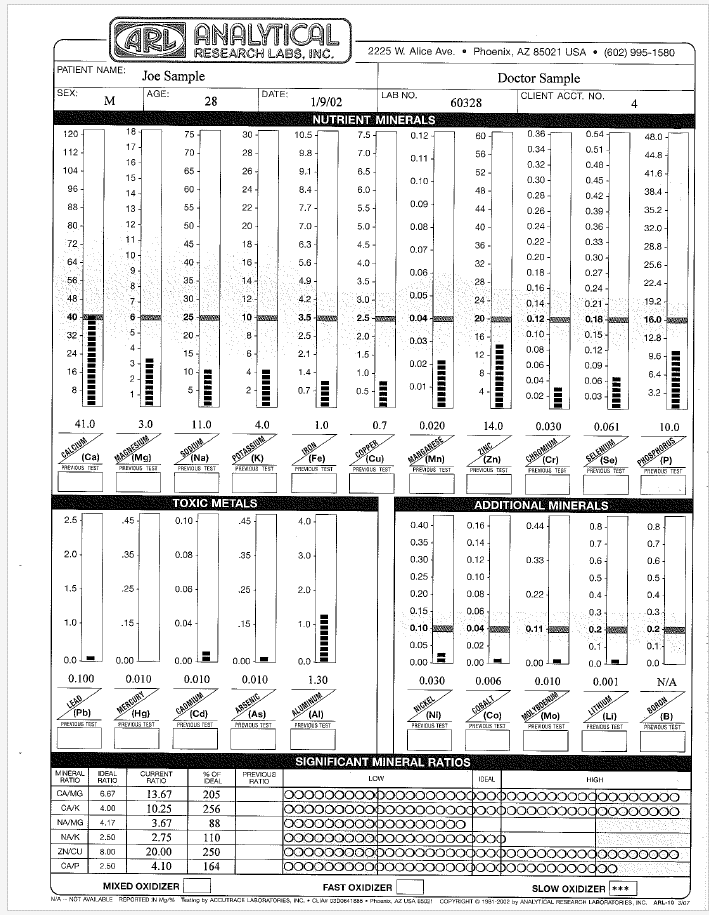
Analytical Research Labs Hair Test
$179.00$149.00Providing a mineral blueprint of one’s biochemistry, an Analytical Research Labs Hair Minerals Test reports levels of minerals and heavy metals in your body giving possible reasons for your symptoms, with suggestions for nutritional supplements and diet changes. Hair tissue mineral analysis can provide pertinent information about balanced nutrition, one’s metabolic rate, energy levels, sugar and carbohydrate tolerance, stage of stress, immune system and glandular activity.- Buy 2 at $145.00
Analytical Research Labs Hair Test
$179.00 $149.00Successfully Added to your Shopping CartAdding to Cart... -
←→
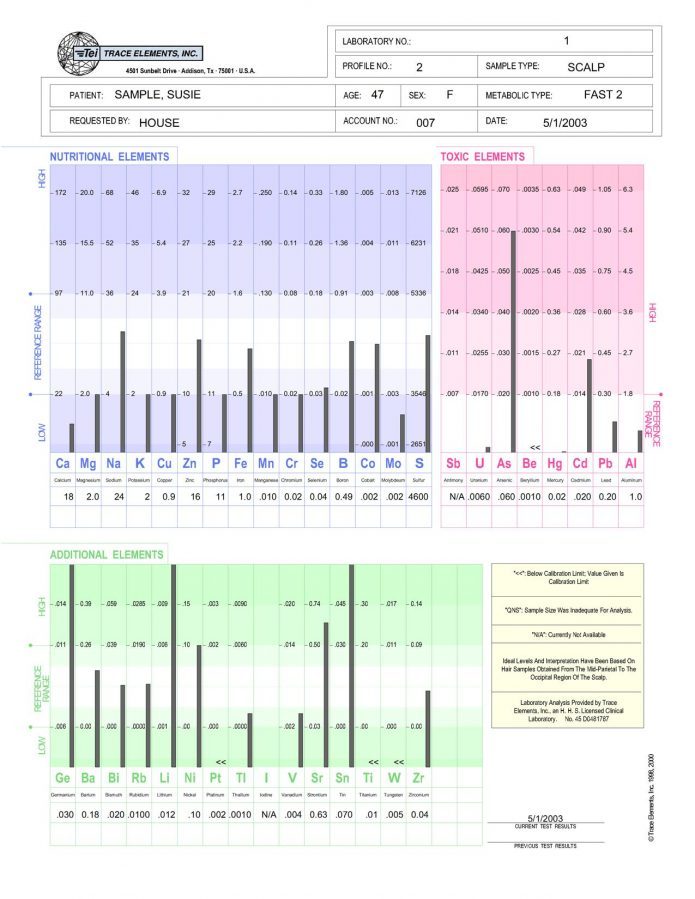
Trace Elements Nutritional Deficiencies Hair Test
Nutritional Tests, At Home Health Tests, Toxic Metals Tests, Hair Tests, Autism Tests, Immune System Tests$188.00 $148.00Successfully Added to your Shopping CartAdding to Cart... -
←→
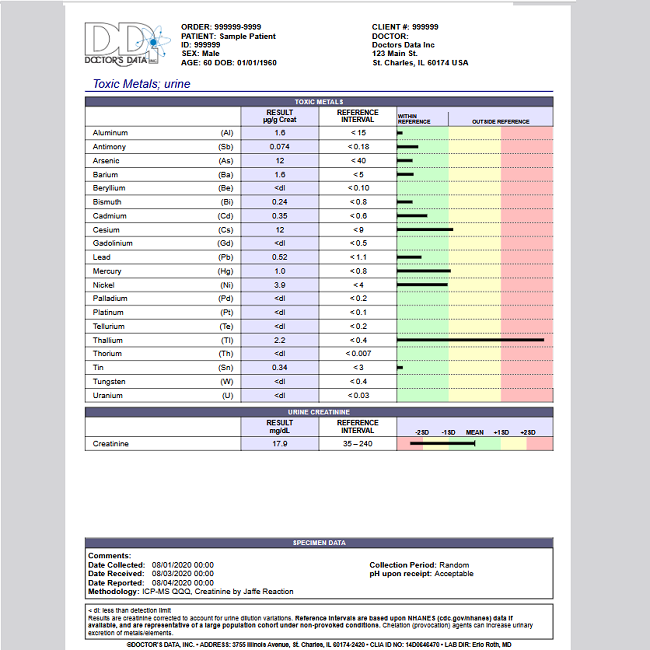
Doctors Data Urine Nutrients and Toxic Metals Test
$305.00$175.00Evaluate nutritional status and the efficacy of mineral supplementation. in an unprovoked specimen, early indication of renal dysfunction can be gleaned from urinary wasting of essential elements such as magnesium, calcium, potassium and sodium.- Buy 2 at $170.00
Doctors Data Urine Nutrients and Toxic Metals Test
$305.00 $175.00Successfully Added to your Shopping CartAdding to Cart... -
←→
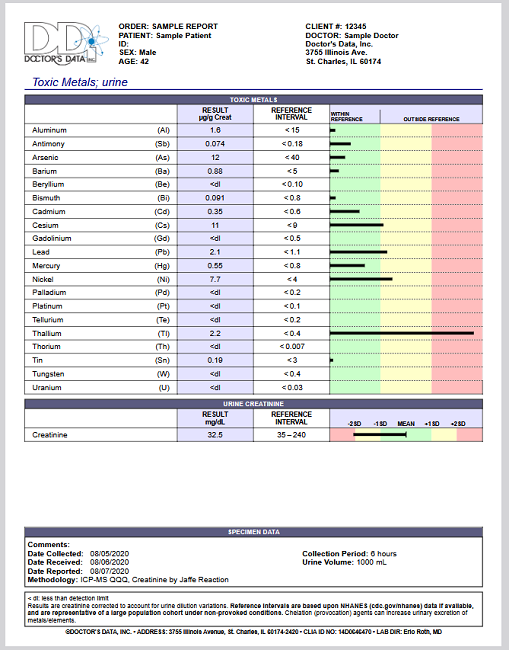
Doctors Data Urine Toxic Elements Test
$166.00$128.00The Doctors Data Urine Toxic Elements Test provides analysis of the levels of toxic metals in a urine sample preferably after the administration of a Chelating agent (metal detoxification agent). This is an objective way to evaluate the accumulation of toxic metals.- Buy 2 at $124.00
Doctors Data Urine Toxic Elements Test
$166.00 $128.00Successfully Added to your Shopping CartAdding to Cart... -
←→
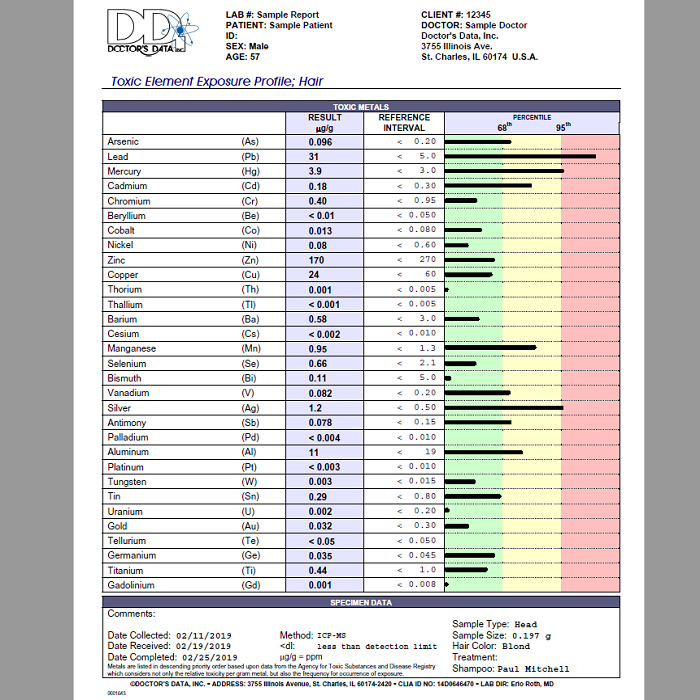
Doctors Data Hair Toxic Elements Test
$159.00$123.00Doctors Data Hair Toxic Elements Test is a noninvasive screening hair test reports an expanded lineup of toxic metals as well as specific nutrient elements.- Buy 2 at $119.00
Doctors Data Hair Toxic Elements Test
At Home Health Tests, Toxic Metals Tests, Hair Tests, Autism Tests, Detox Solutions, Diabetes Solutions, Fatigue Solutions, Memory Loss Solutions, Autism Solutions$159.00 $123.00Successfully Added to your Shopping CartAdding to Cart...
Mineral Transporter Supplements
-
←→
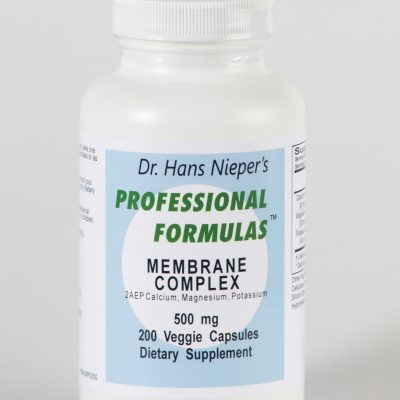
Membrane Complex
Supplements, Mineral Supplements, Heart Solutions, Skin Solutions, Probiotics Supplements, Bone Solutions, Lung Solutions, Muscle Solutions, Immune System Solutions$15.00Successfully Added to your Shopping CartAdding to Cart... -
←→
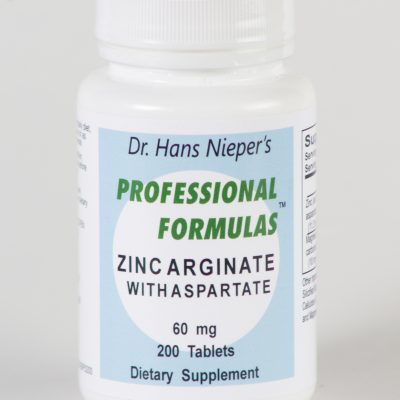
Zinc Arginate with Aspartate
Supplements, Mineral Supplements, Skin Solutions, Immune System Solutions, Amino Acids Supplements, Allergy Solutions$8.10Successfully Added to your Shopping CartAdding to Cart... -
←→
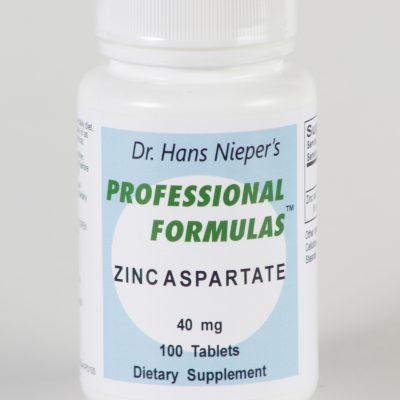
Zinc Aspartate
$6.00Zinc AspartateMaximum quantity exceededMinimum purchase amount of 0 is requiredZinc Aspartate
Supplements, Mineral Supplements, Skin Solutions, Bone Solutions, Hormone Solutions, Immune System Solutions, Gastrointestinal Solutions$6.00Successfully Added to your Shopping CartAdding to Cart... -
←→
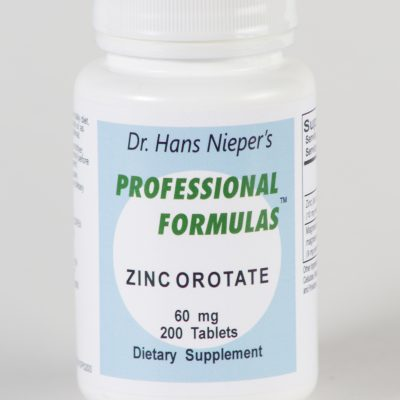
Zinc Orotate
Supplements, Mineral Supplements, Immune System Solutions, Heart Solutions, Hormone Solutions, Probiotics Supplements, Bone Solutions, Antioxidant Supplements, Autism Solutions$10.40Successfully Added to your Shopping CartAdding to Cart... -
←→
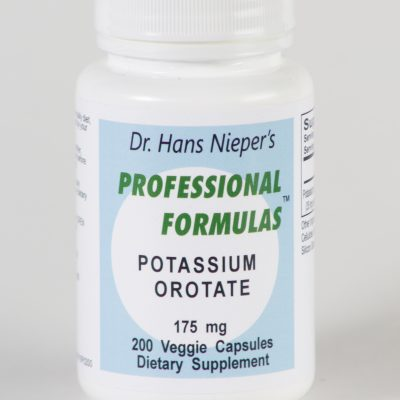
Potassium Orotate
Supplements, Mineral Supplements, Skin Solutions, Diabetes Solutions, Heart Solutions, Muscle Solutions, Hormone Solutions, Gastrointestinal Solutions$23.40Successfully Added to your Shopping CartAdding to Cart... -
←→
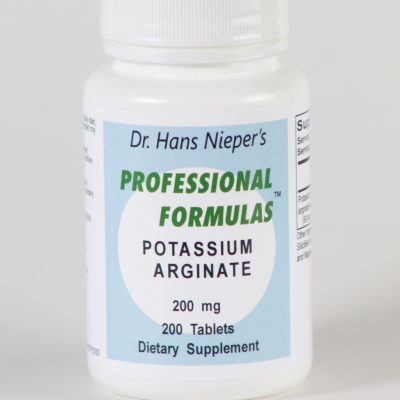
Potassium Arginate with Aspartate
Supplements, Mineral Supplements, Nerve Damage Solutions, Muscle Solutions, Hormone Solutions, Heart Solutions, Amino Acids Supplements, Gastrointestinal Solutions$11.40Successfully Added to your Shopping CartAdding to Cart... -
←→
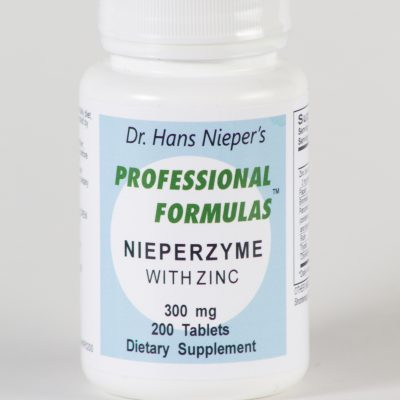
Nieperzyme with Zinc
Supplements, Probiotics Supplements, Heart Solutions, Bone Solutions, Muscle Solutions, Immune System Solutions, Antioxidant Supplements, Gastrointestinal Solutions$20.40Successfully Added to your Shopping CartAdding to Cart... -
←→
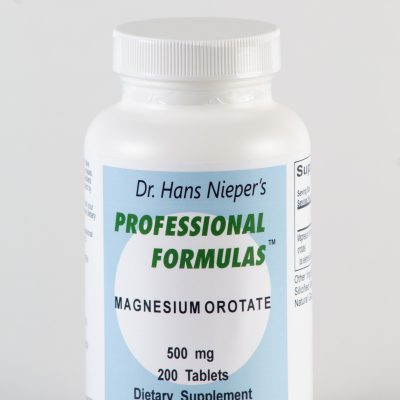
Magnesium Orotate
Supplements, Mineral Supplements, Heart Solutions, Immune System Solutions, Gastrointestinal Solutions, Allergy Solutions$25.10Successfully Added to your Shopping CartAdding to Cart... -
←→
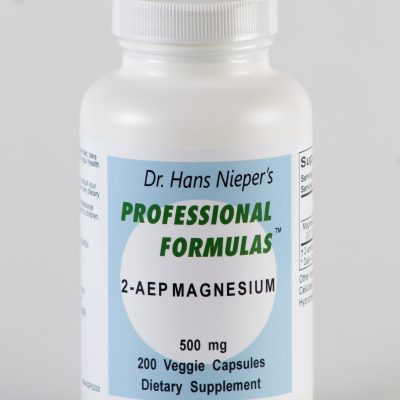
Magnesium 2-AEP
Supplements, Mineral Supplements, Heart Solutions, Immune System Solutions, Muscle Solutions, Nerve Damage Solutions, Lung Solutions$14.40Successfully Added to your Shopping CartAdding to Cart... -
←→
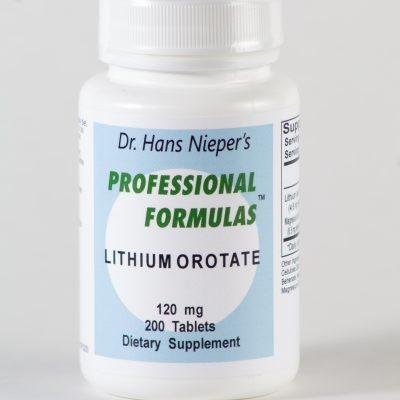
Lithium Orotate
Supplements, Mineral Supplements, Autism Solutions, Nerve Damage Solutions, Immune System Solutions, Gastrointestinal Solutions$16.30Successfully Added to your Shopping CartAdding to Cart... -
←→
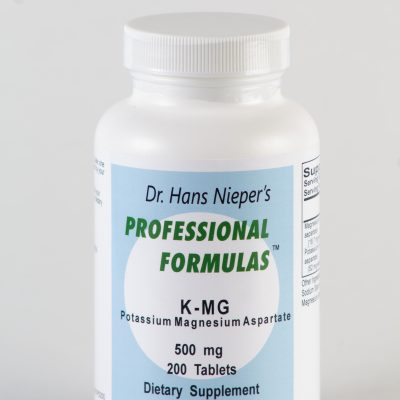
K-MG Potassium Magnesium
Supplements, Mineral Supplements, Headache Solutions, Heart Solutions, Muscle Solutions, Lung Solutions, Memory Loss Solutions, Anxiety, Stress, Depression Solutions$13.10Successfully Added to your Shopping CartAdding to Cart... -
←→
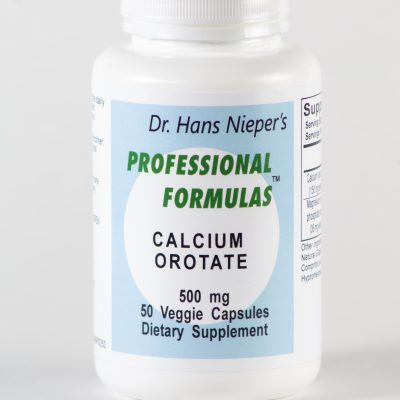
Calcium Orotate
Supplements, Mineral Supplements, Bone Solutions, Nerve Damage Solutions, Skin Solutions, Heart Solutions$26.80Successfully Added to your Shopping CartAdding to Cart... -
←→
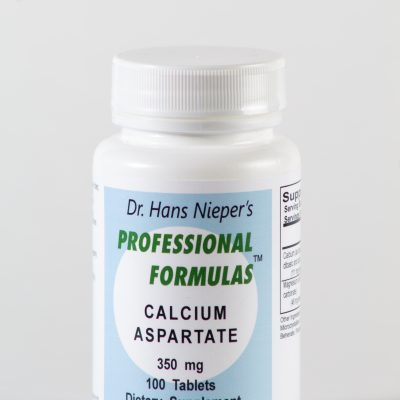
Calcium Aspartate
Supplements, Mineral Supplements, Nerve Damage Solutions, Bone Solutions, Muscle Solutions, Allergy Solutions$11.70Successfully Added to your Shopping CartAdding to Cart... -
←→

Calcium Arginate with Aspartate
Supplements, Mineral Supplements, Heart Solutions, Bone Solutions, Muscle Solutions, Anxiety, Stress, Depression Solutions, Amino Acids Supplements$14.40Successfully Added to your Shopping CartAdding to Cart... -
←→
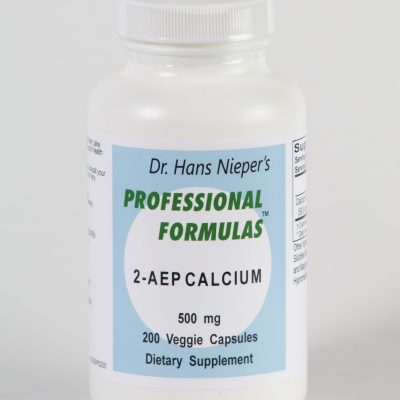
Calcium 2-AEP
Supplements, Mineral Supplements, Muscle Solutions, Anxiety, Stress, Depression Solutions, Bone Solutions$14.40Successfully Added to your Shopping CartAdding to Cart... -
←→
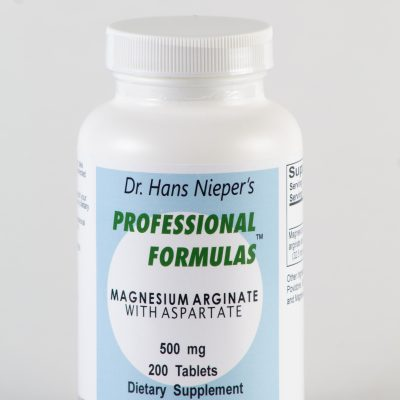
Magnesium Arginate w/ Aspartate
Supplements, Mineral Supplements, Muscle Solutions, Heart Solutions, Diabetes Solutions, Nerve Damage Solutions, Immune System Solutions, Amino Acids Supplements, Autism Solutions$12.70Successfully Added to your Shopping CartAdding to Cart...

I had Two MRIs and many symptoms 1993 and 2003 I learned of the cause about 2011 and all my symptoms matched the NSF litagation symptoms ….A very long story …I had the MRIs because if a AVM brain bleed 1976 and resulting seizures. 500 mg Primidone ….I had a yearly exam and it showed high Liver Enzymes ….I stopped iodine , Stevia , and sugars ….and was already taking many supplements for liver help ……Maybe we could set up a appointment to discuss a way foward …I dropped 1\4_of the primidone ….It seems to take tume to reduce iodine , stevia , and normalize liver enzymes …..I have had zero liver symptoms
You may set up a consult on my website:
https://healthalways.com/store/telehealth-consult/